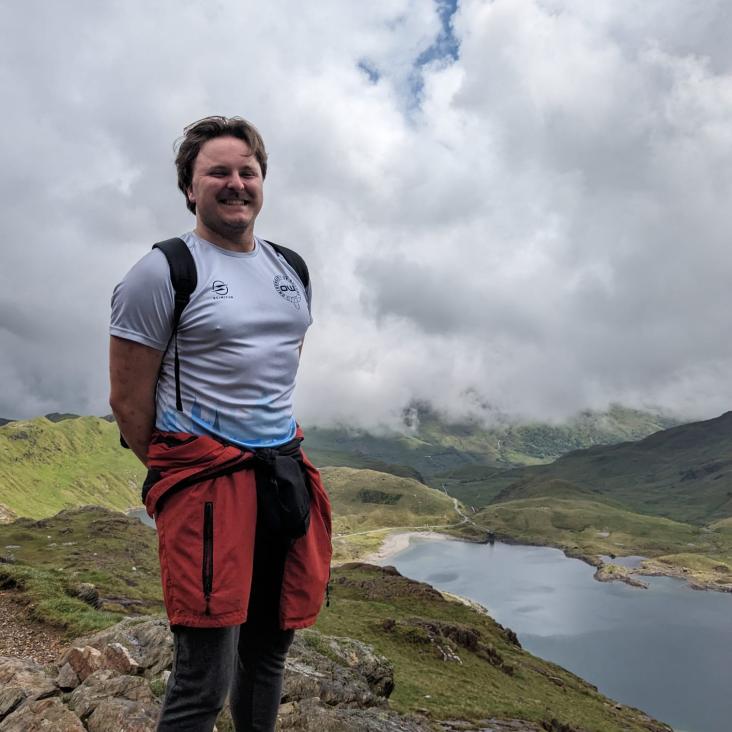About
I am a fellow working on finding radio transients with the MeerKAT telescope.
As part of the ThunderKAT survey team, I use MeerKAT to identify some of the explosive, dynamic systems that until very recently have eluded astronomers. To do this I am utilising the telescope's large field of view along with the plethora of data available from both my team and other survey projects on the telescope. From stars like our Sun flaring up to colliding black holes, the range of interesting astrophysics that can be captured by telescopes like MeerKAT is incredibly broad and so it's part of my job to try to squeeze as much science out of every picture we take.
As part of this, citizen scientists help us sift through the large amounts of data we have available, using the Zooniverse platform. Over two million volunteers around the world have helped to find exoplanets, describe galaxies and hunt for supernovae. They even host lots of non-astronomical research projects, such as reviewing camera footage from the Serengeti or digitalising ancient books for modern readers.
Our citizen science project, linked below, has had over 1000 members of the public take part and discover hundreds of new variables and transients in our data. This is the first example of citizen scientists finding radio transients and we are always uploading more and more data so do please take a look!
Machine Learning
In order to deal with the large datasets from MeerKAT, I also use machine learning to aid in our search for exotic and rare transients. This is a quickly growing area of astronomical research, with upcoming projects like the Square Kilometre Array and the Vera Rubin Observatory set to inundate research communities with a wealth of interesting data to explore. Specifically, I use anomaly detection techniques that find the weird and wonderful needles in our large haystacks of data. As radio astronomy gears up for the SKA, these techniques will become crucial for discovery science in many areas.
Outreach
I am also an avid science communicator and am passionate about spreading my love of science to the public, as well as starting discussions about accessing Oxford and increasing the diversity of those who work in STEM. During my degree and beyond I have engaged with communities in school and in public settings both in the UK and South Africa, making use of the instantly accessible citizen science aspects of my work to engage communities who otherwise have less access to science and telescopes. During my undergraduate degree I took part in outreach efforts, giving talks to kids aged 5 up to big-kids aged 80+. As part of my time with the outreach group we took our talks and physics demonstrations to museums, parks, festivals and even trams!


